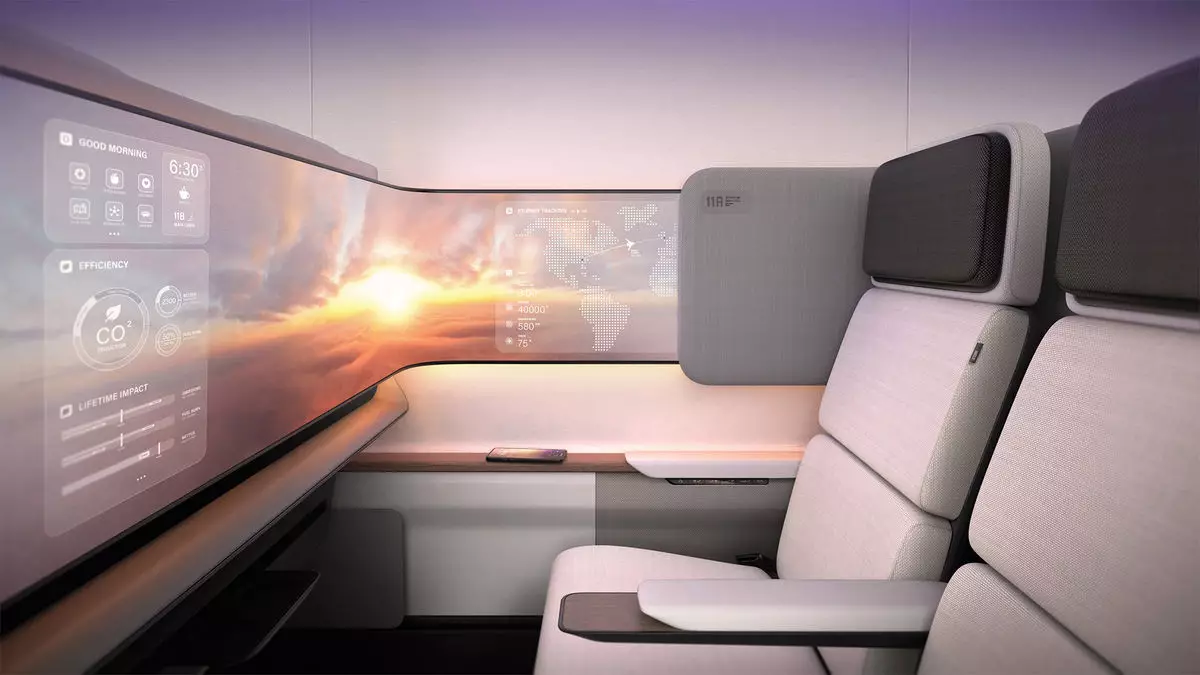In a groundbreaking collaboration, Delta Airlines is joining forces with aircraft engineering startup JetZero to design the interior of what could be the future of commercial aviation: the blended-wing aircraft. This innovative design merges the wings with the fuselage, creating an aerodynamic shape significantly different from the conventional tube-and-wing models we see today. By merging these structures, JetZero aims not just for aesthetic appeal, but a remarkable decrease in both aerodynamic drag and overall aircraft weight. The partnership signifies a paradigm shift in aviation that suggests a brighter, more sustainable future for air travel.
Transformative Goals on the Horizon
JetZero has ambitious goals: they will be preparing for a full-scale demonstrator test flight by 2027, with the grand aspiration of entering commercial service by 2030. Such timelines serve as both a challenge and a motivation, pushing the boundaries of what is technically feasible within the aviation sector. Delta’s involvement is not merely supportive; the airline’s Sustainable Skies innovation lab is providing critical insights into maintenance and operational procedures, ensuring that JetZero’s aircraft are not only cutting-edge in design but also practical for real-world operations. This collaboration carries the promise of improved efficiency and reduced environmental impact.
Heightened Passenger Experience
From the outset, one of the most intriguing aspects of this partnership is how the unconventional design opens up a myriad of possibilities for aircraft interiors. Delta hints that their team is envisioning groundbreaking changes that prioritize passenger comfort and accessibility. A few enhancements mentioned include dedicated overhead bin space for each traveler, improved access to seats and lavatories, and a reduction in the number of rows, potentially enhancing personal space during flights. These changes reflect an acknowledgement that the passenger experience should be at the forefront of design considerations. The ability to reshape the interior of an aircraft invites a dynamic reevaluation of how flight can be experienced.
Support from High-Profile Allies
JetZero’s venture is not solely reliant on Delta’s enthusiasm; high-profile endorsements from organizations such as the Defense Department and the Federal Aviation Administration (FAA) bolster their credibility. A substantial $235 million grant from the Defense Department highlights the project’s potential broader implications beyond commercial airlines, possibly extending into military applications. Likewise, the FAA’s $8 million grant underscores a recognition of the need for innovation in a sector critical for global connectivity. With such formidable backing, JetZero is positioning itself as a frontrunner in the race for greener aviation technologies.
Market Readiness with Strategic Partnerships
Alaska Airlines has already aligned itself with JetZero as the first airline investor, securing purchase options should the blended-wing aircraft become a viable market option. This strategic partnership not only indicates a growing interest in JetZero’s vision but also emphasizes the competitive aspect of the aviation market. Investor confidence from established airlines suggests that industry leaders see the potential for a seismic shift in how aircraft could be built and operated. The innovative approach of JetZero offers a fresh perspective in an industry often criticized for stagnation in design and sustainability.
The journey ahead is filled with challenges, but with the collaboration of industry leaders and visionary engineers, the dream of sustainable, efficient air travel is becoming more attainable.


Leave a Reply